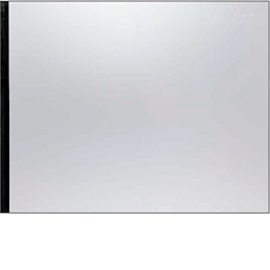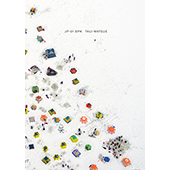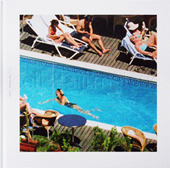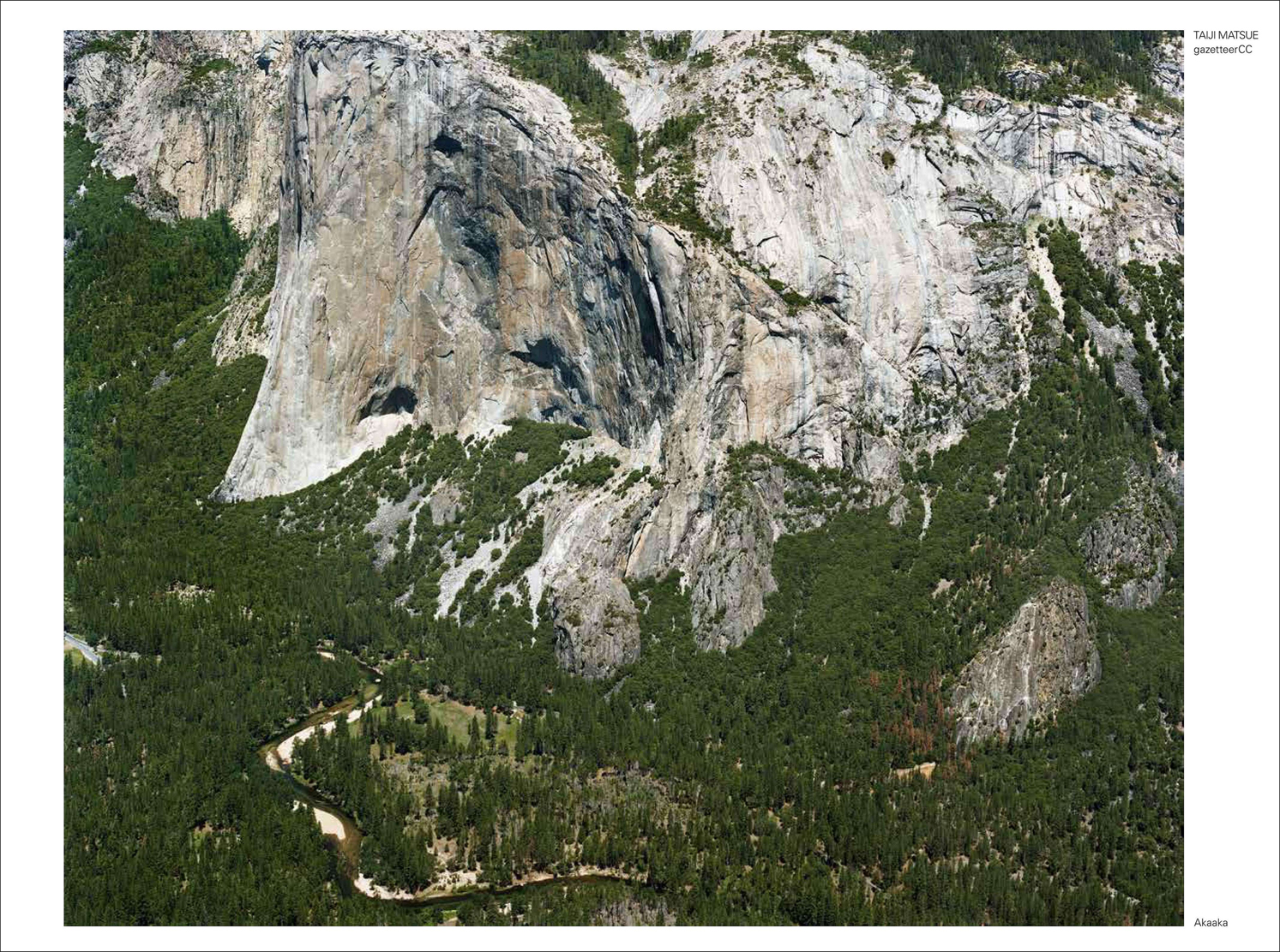
松江泰治『gazetteerCC』
発行:赤々舎 Size: H275mm × W360mm Page:280 pages Binding:Hardcover Limited 800, signed, edition numbered Published in January 2023 ISBN:978-4-86541-163-8 |
¥ 13,000+tax
国内送料無料! お支払い方法は、銀行振込、郵便振替、 クレジットカード支払い、PayPal、PayPay よりお選び頂けます。 |
|---|
About Book
代表作「gazetteer」「CC」から 262 点を収載した、集大成の一冊。
gazetteerCC
Matsue Taiji
"The photographs collected in this book were digitally scanned and digitally printed from color negatives, which Taiji Matsue shot using an analog process between 2000 and 2017.
The artist has actually been working in color for quite a long time in addition to his black-and-white photography. However, the nature of the analog color printing process is such that printing color negatives onto photographic paper blurs the "absolute focus" (to be explained below) that is most essential to Matsue's work, so he refrained from presenting these works and waited for advances in digital technology. In 2008, digital scanning and printing technology of sufficient quality became available, and Matsue made a major shift toward color which continues to this day.
While digital photography has long followed in the footsteps of film photography and attempted to mimic it, it has been considered a different kind of medium, with nonstraightforward imagery subject to manipulation and not serving as an index of reality, and this contextualization has been generally accepted. However, in recent years digital photographic technology has progressed far beyond the stage of imitations of negativebased analog photography, and is fundamentally transforming the nature of the medium.
Naturally, the concepts of framing, focus, cropping and so forth that were prerequisites for conventional photography are also being disrupted. Matsue's work not only anticipates these disruptions, but also responds to them.
The series in this photo book, CC and gazetteer, are not made up of aerial photographs.
They are landscapes shot from sites at high elevation, selected after careful research (on accessibility, daylight hours, angle of light, best shooting time), and as a rule -- as far as conditions on the ground permit -- are not bird's-eye views but direct head-on shots of the scenery. There are four conditions that must be met: clear skies, lighting from the front, head-on shots, and absolute focus. As a rule, photographs should be taken on a sunny day in good light, and in terms of angle, the subjects should be seen from the front. The all-over images, which do not use vertical but only horizontal positioning and have no visible horizon line, eliminate spatial and temporal depth that automatically emerges as the viewer's gaze moves along a vertical axis, block the viewer's gaze from wandering "beyond" the horizon, and rebuff the viewer's emotional investment in the image while bringing everything in it to the foreground. The viewer's attention is directed to the depth of the excessive, highresolution information packed into the image, rather than to spatial depth. This is what is meant by "absolute focus": the focus position that is not reliant on the naked eye, but absolute in terms of the lens, is the focal point, and the moment when all the light focuses into an image at the focal point is the moment when that light comes from an infinite distance. In other words, "absolute focus" is the focus that is achieved automatically based on the principles of the lens when a scene is shot with the focus adjusted to infinity, with the word "absolute" referring not to "completeness" from a human perspective but to the fact that it is not premised on the human gaze.[...]
This book, compiled with the addition of many previously unreleased works, consists of a total of 262 photographs numbered from 001 to 262, with "ALPS" (001) and "YOSEMITE" (262) as the entrance and exit, so to speak, and all the photographs arranged in pairs (even-numbered + odd-numbered). "ALPS," which opens the book, is a 2011 re-shooting of "ALPS 1996 #12" (1996), which also appears on the cover of Hysteric Matsue Taiji (2001), the completed form of the black-and-white series gazetteer, and Matsue photographed the same landscape again in 2018. It is what is known as a fixed-point observation of a landscape that has not changed over the past 20-odd years. YOSEMITE, which closes the book, shows the El Capitan peak photographed from Taft Point in Yosemite National Park. It is still the same landscape, but superimposed with photographic history and with a tribute to Carleton Watkins, a longtime inspiration to the artist.[...]
Matsue's photographs capture and contain all the information in a landscape, whether the photographer is looking at it or not. Regardless of whether or not we recognize it, everything in the world exists at any given time.
"Excess of photography" is not a reference to the world's inundation with an overabundance of photographs. It means that a human being cannot look at a photograph and see it all at once in its entirety. This is because when we see a photograph, the act of looking inevitably casts a shadow on it, inevitably generating an invisible blind spot. In capturing sweeping views of cities and nature from high above, Taiji Matsue's photographs remind us of the impossibility of a true panoramic view. By doing so, they open up photography to the wealth of details as yet unseen.
Extracted from the text "Excess of Photography"
by Minoru Shimizu
(Art critic / Professor, Faculty of Global and Regional Studies, Doshisha University)
Special Set Item
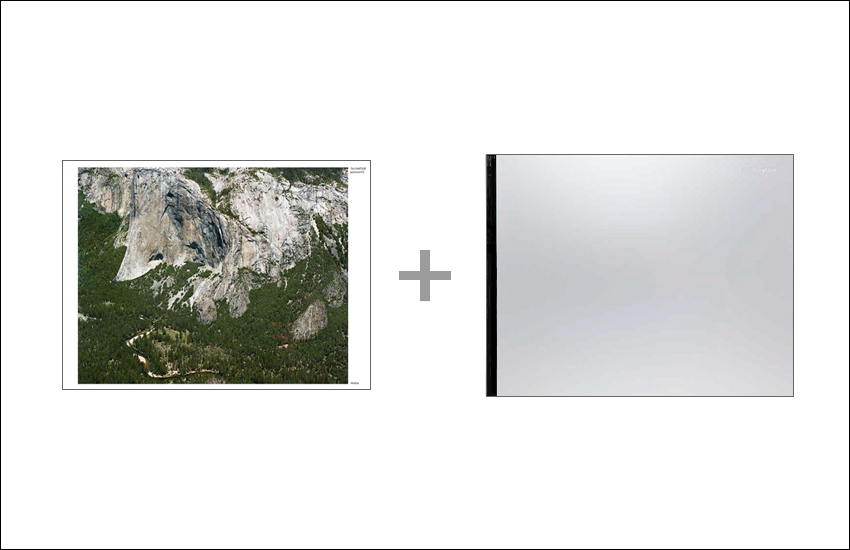
『gazetteerCC』+『TAIJI MATSUE』
『TAIJI MATSUE』 発行:Ugeyan Co Ltd, Size: H301mm × W378mmPage:348 pages Binding:Hardcover(aluminum, silver) Limited 900(less stock), signed, editon numbered Published in 2003 ISBN:4-9901746-0-7 |
¥ 40,000+tax
国内送料無料! お支払い方法は、銀行振込、郵便振替、 クレジットカード支払い、PayPal、PayPay よりお選び頂けます。 |
|---|
※『gazetteerCC』と『TAIJI MATSUE』のエディションナンバーは異なるものになります。
※ セット特別販売価格として、通常、2冊で47,300円(税込)のところ、44,000円(税込)にてお求め頂けます。
※『TAIJI MATSUE』33,000円(税込)のみもご購入頂けます→
On the occasion of the publication of《gazetteerCC》, we will offer《gazetteerCC》+《TAIJI MATSUE》 as a set as two culminations of Taiji Matsue's work from different eras.
《TAIJI MATSUE》published by Ugeyan Co Ltd, in 2003, on Taiji Matsue's photography compiles every one of his masterpieces-from the time he began documenting the surface of the earth in 1989 all the way through to 2002, during which time he received the Kimura Ihee Photography Award. The various surfaces of the earth that are collected in the book as "place names" have been purposefully captured under a homogeneous light, thoroughly exposing the materials seen in the images: from the sand grains in a desert to a vast forest, from an untrodden piece of land to a city.
In the book, supervision by TARO NASU GALLERY, has an aluminum cover, and the development of these chronologically-compiled works has been done through placing a photo on each side of a two-page spread, with all of the pages containing non-framed, wide-screen images. This book has also incorporated CTP Screening and Fairdot480, featuring most advanced resolution techniques at the time, with the intention of reproducing the closest quality possible to Matsue's original prints.
《TAIJI MATSUE》closely reflects Matsue's style that continuously pursues perfection.
Both titles are signed and edition numbered.
※ The edition numbers of 《gazetteerCC》 and 《TAIJI MATSUE》 are different from each.
※ The special price as a set sale.
※《TAIJI MATSUE 》only is also available→
Related Exhibiton
松江泰治「ギャゼティアCC」 会期:2023年1月20日(金)~3月7日(火) 時間:10:00〜17:30(日曜・祝日休館) 会場:キヤノンギャラリー S(東京都港区港南2-16-6 キヤノン S タワー) 【ギャラリトーク 1】 松江泰治 × 清水穣(美術・写真評論家) 日時:2023年1月21日(土)14:00〜 会場:キヤノンギャラリー S 定員:30名(事前予約制) 【ギャラリトーク 2】 松江泰治 × ライムスター宇多丸(ラッパー、ラジオパーソナリティ) 日時:2023年1月28日(土)14:00〜 会場:キヤノンホール S 定員:100名(事前予約制) |
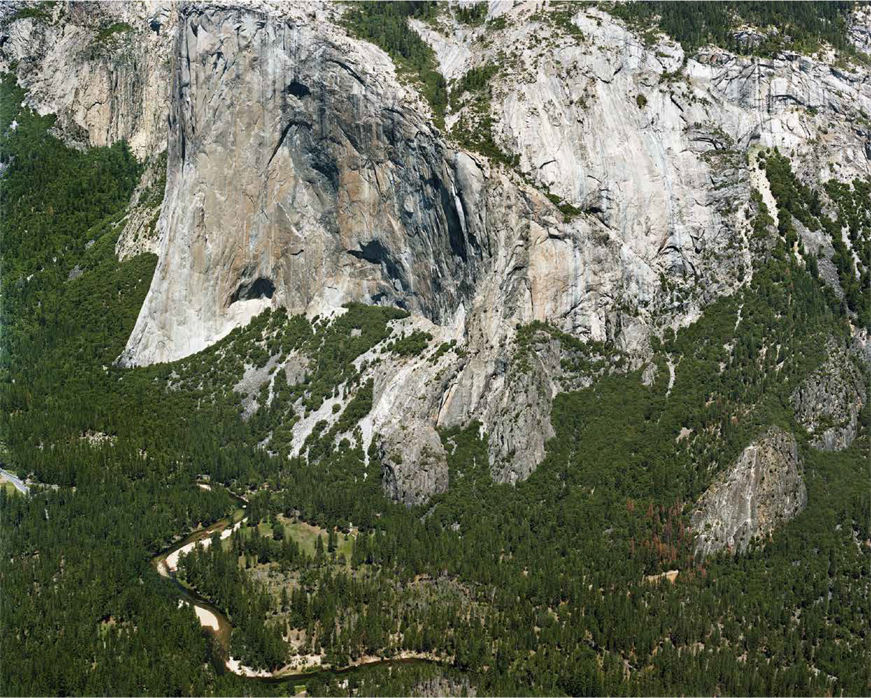
©TAIJI MATSUE Courtesy TARO NASU
|
Artist Information
松江泰治
Taiji Matsue
Born in 1963. Lives and works in Tokyo. Graduated from the Department of Earth and Planetary Science, Faculty of Science, University of Tokyo.
Won the 27th Kimura Ihee Photography Award in 2002,the Higashikawa Domestic Photographer Award in 2012, and The 25th Society of Photography Award in 2013.
He has published several photo books, including gazetteer, CC, JP-22 (DAIWA RADIATOR FACTORY CO., Ltd.), cell (AKAAKA), jp0205, LIM (SEIGENSHA), and Hashima (Getsuyosha).
Selected solo exhibitions include "JP-22" at the Vangi Sculpture Garden Museum (2006 Shizuoka) , "Surficial Survey" at the IZU PHOTO MUSEUM (2012 Sizuoka) , "gazetteer" at the Hiroshima City Museum of Contemporary Art (2018 Hiroshima), "makietaCC" at Tokyo Photographic Art Museum(2021 Tokyo), "JP-32" at Iwami Art Museum(2022 Shimane), and more.
His works are also in the collection of The National Museum of Modern Art (Tokyo), Tokyo Photographic Art Museum(Tokyo), Museum of Contemporary Art Tokyo(Tokyo), The National Museum of Art (Osaka), Aomori Museum of Art(Aomori), Yokohama Museum of Art(Kanagawa),The San Francisco Museum of Modern Art (USA), Berkeley Art Museum, Pacific Film Archives(USA),Santa Barbara Museum of Art(USA),Fonds National d'Art Contemporain(France), Mason Européenne de La Photographie(France), and many other museums.

